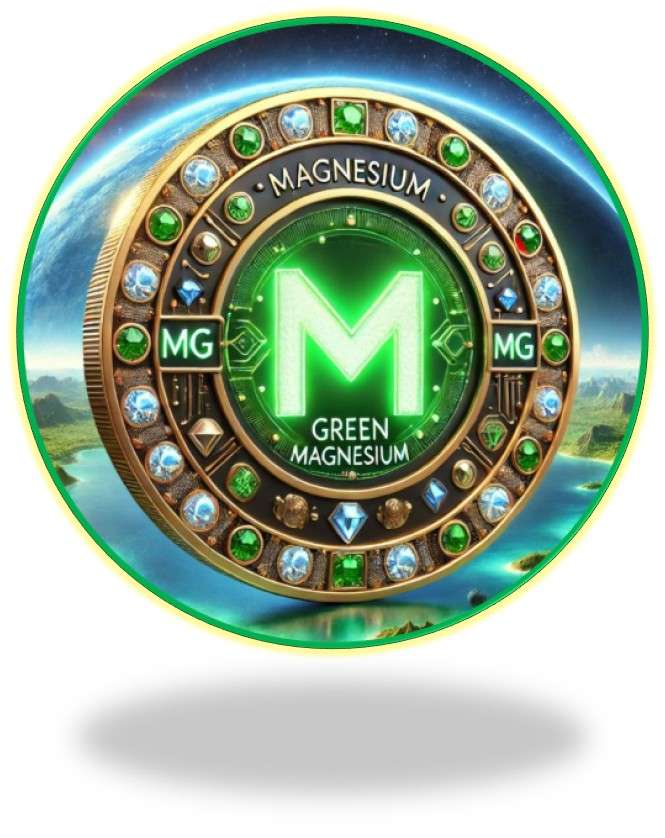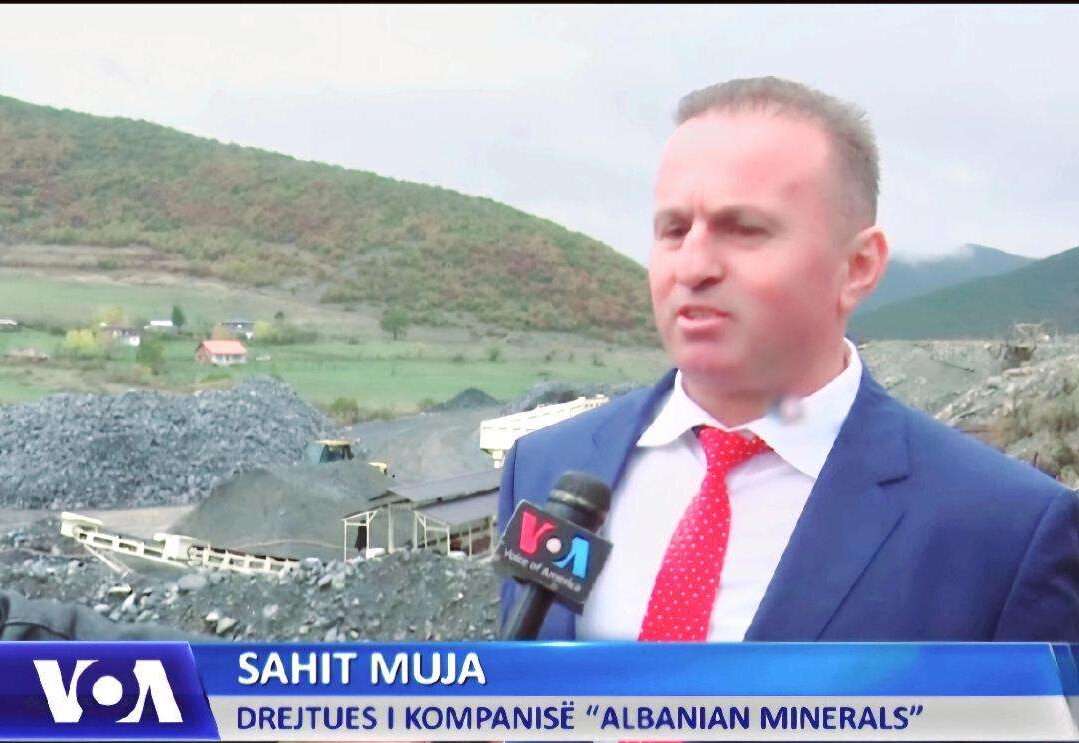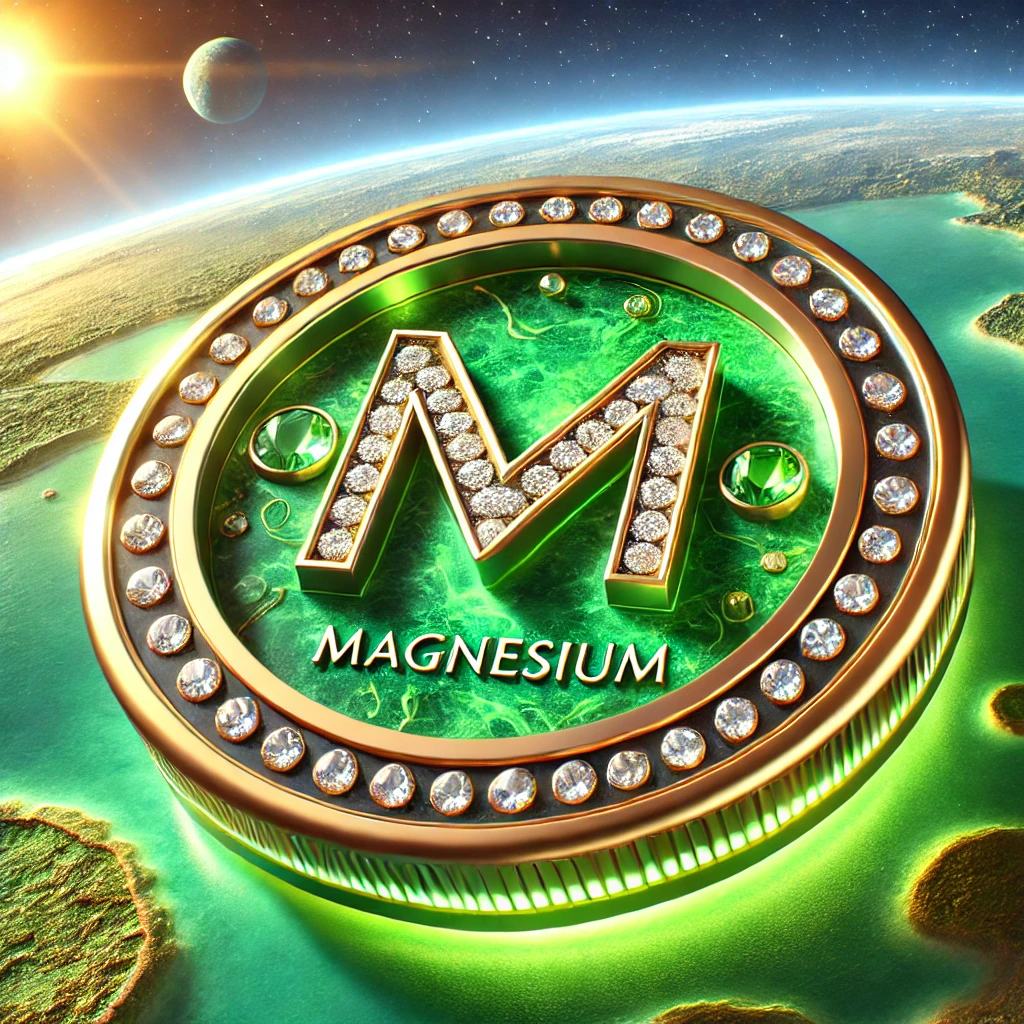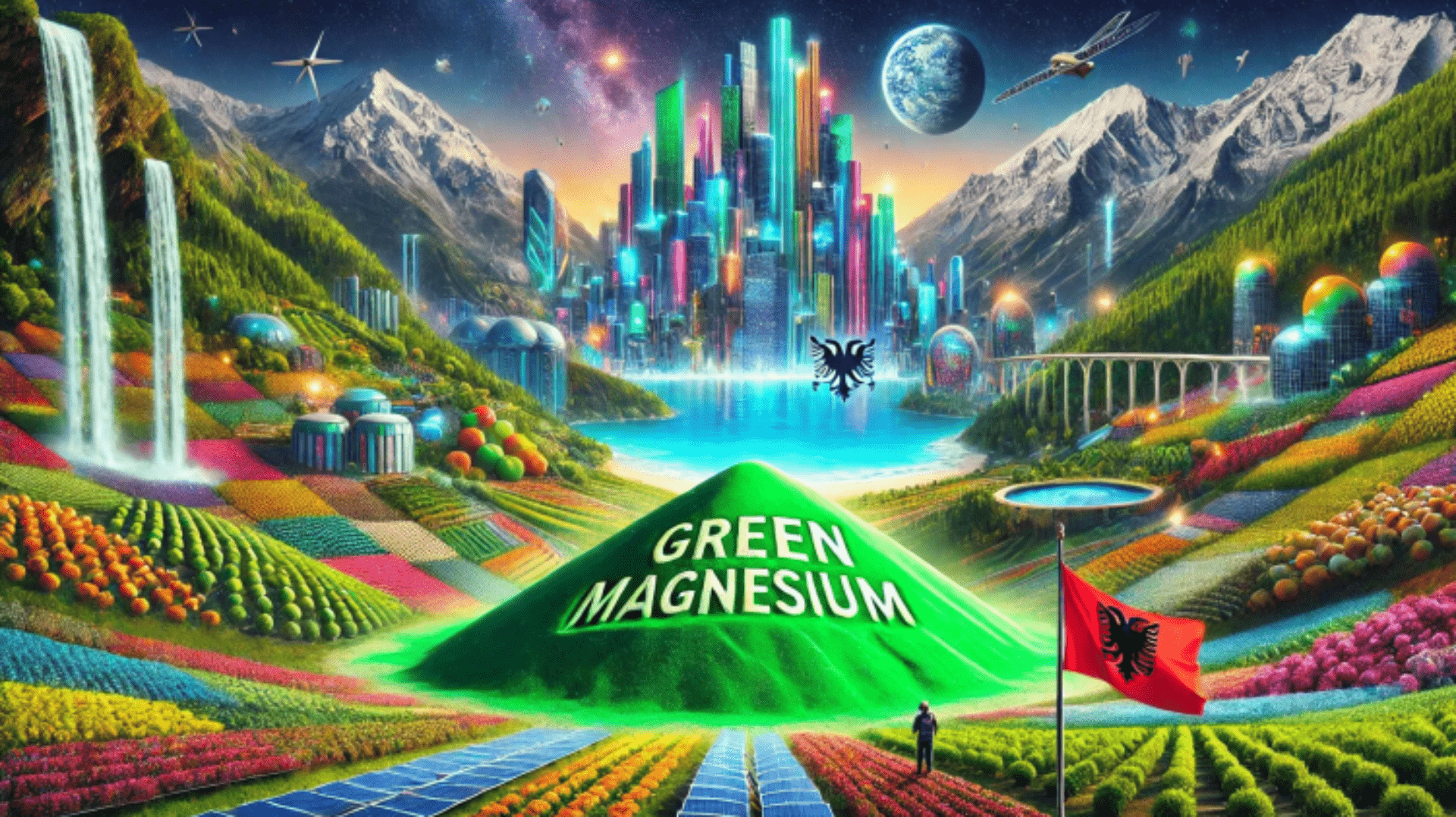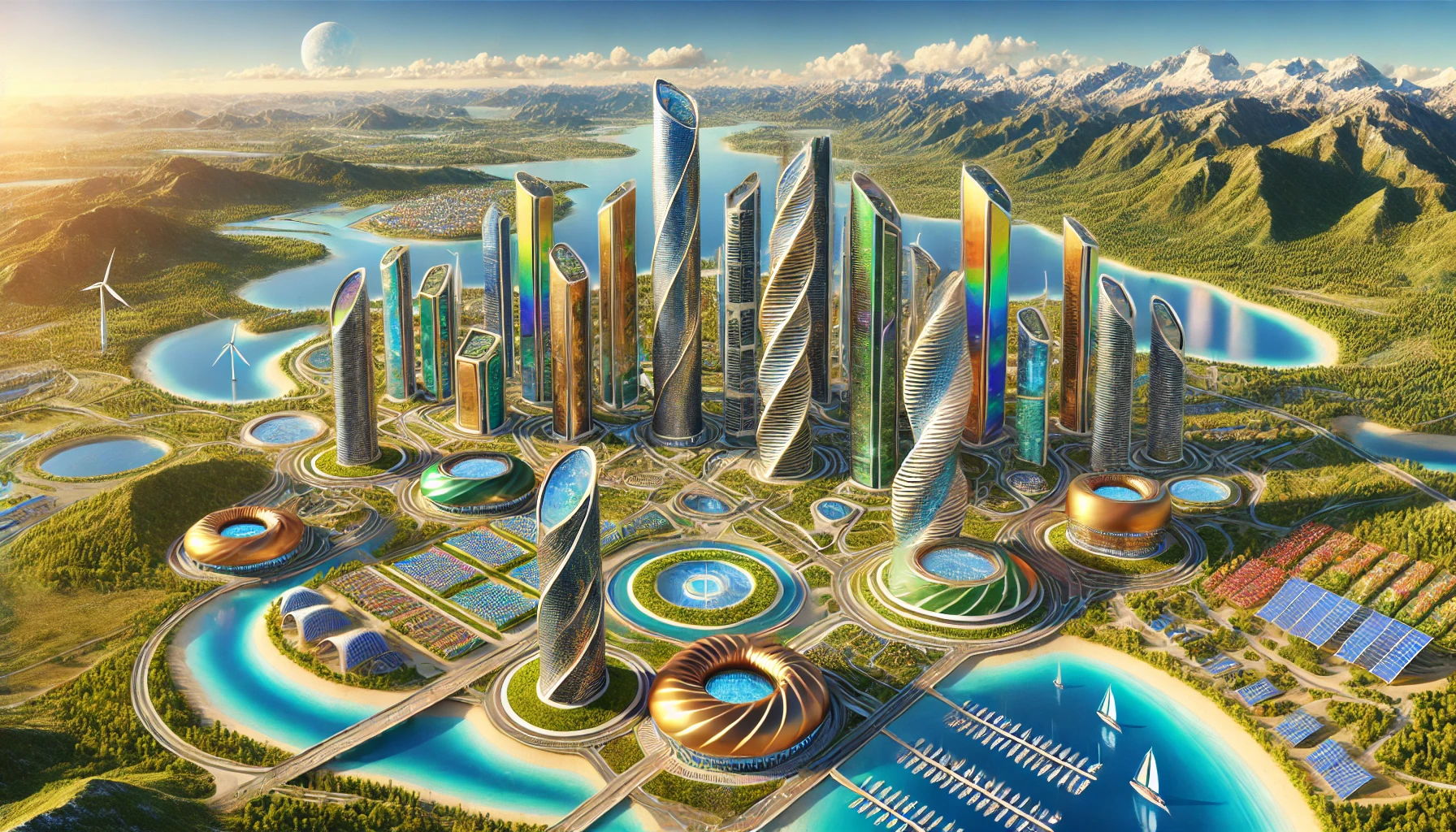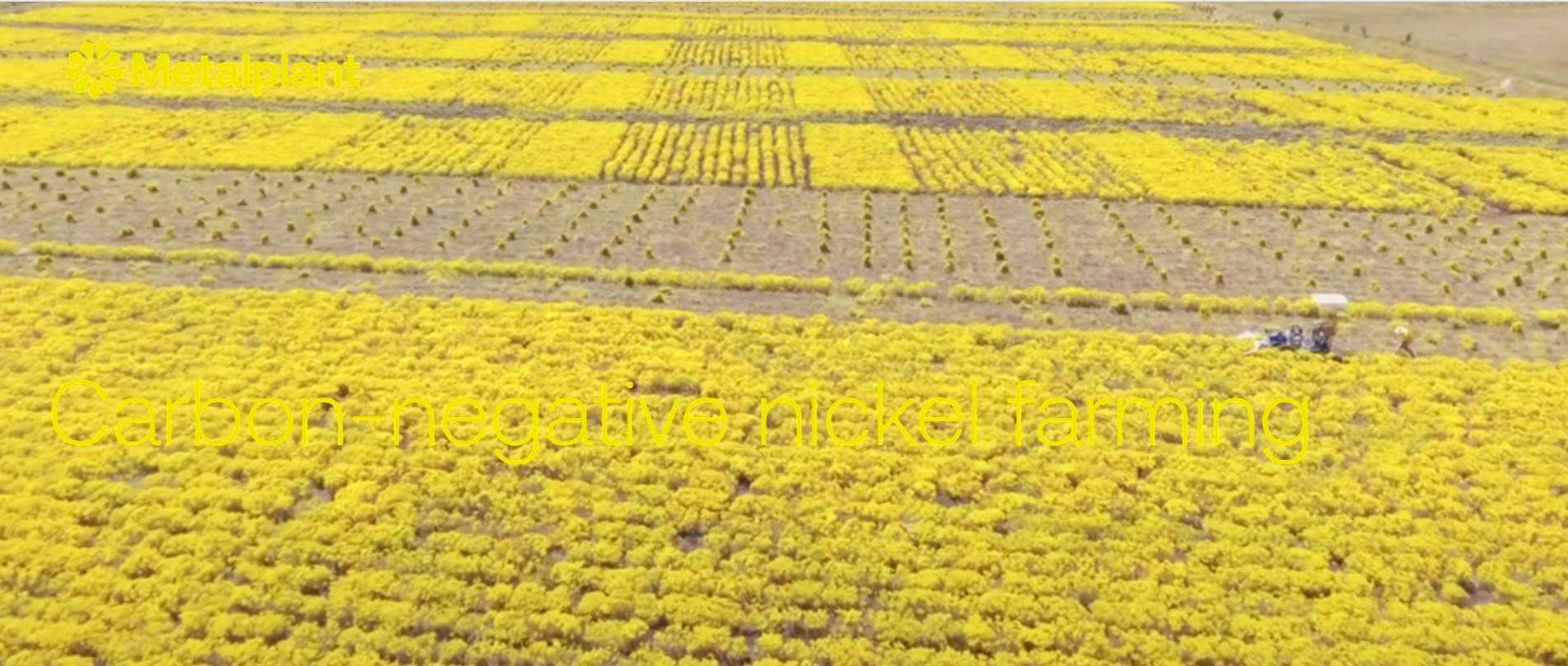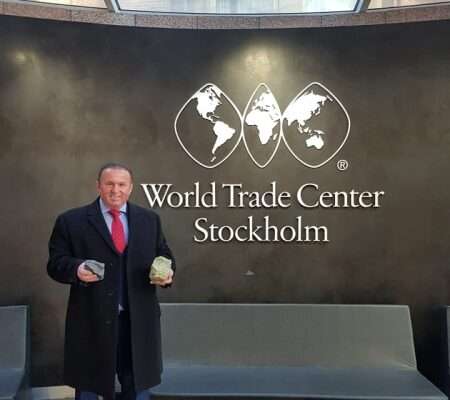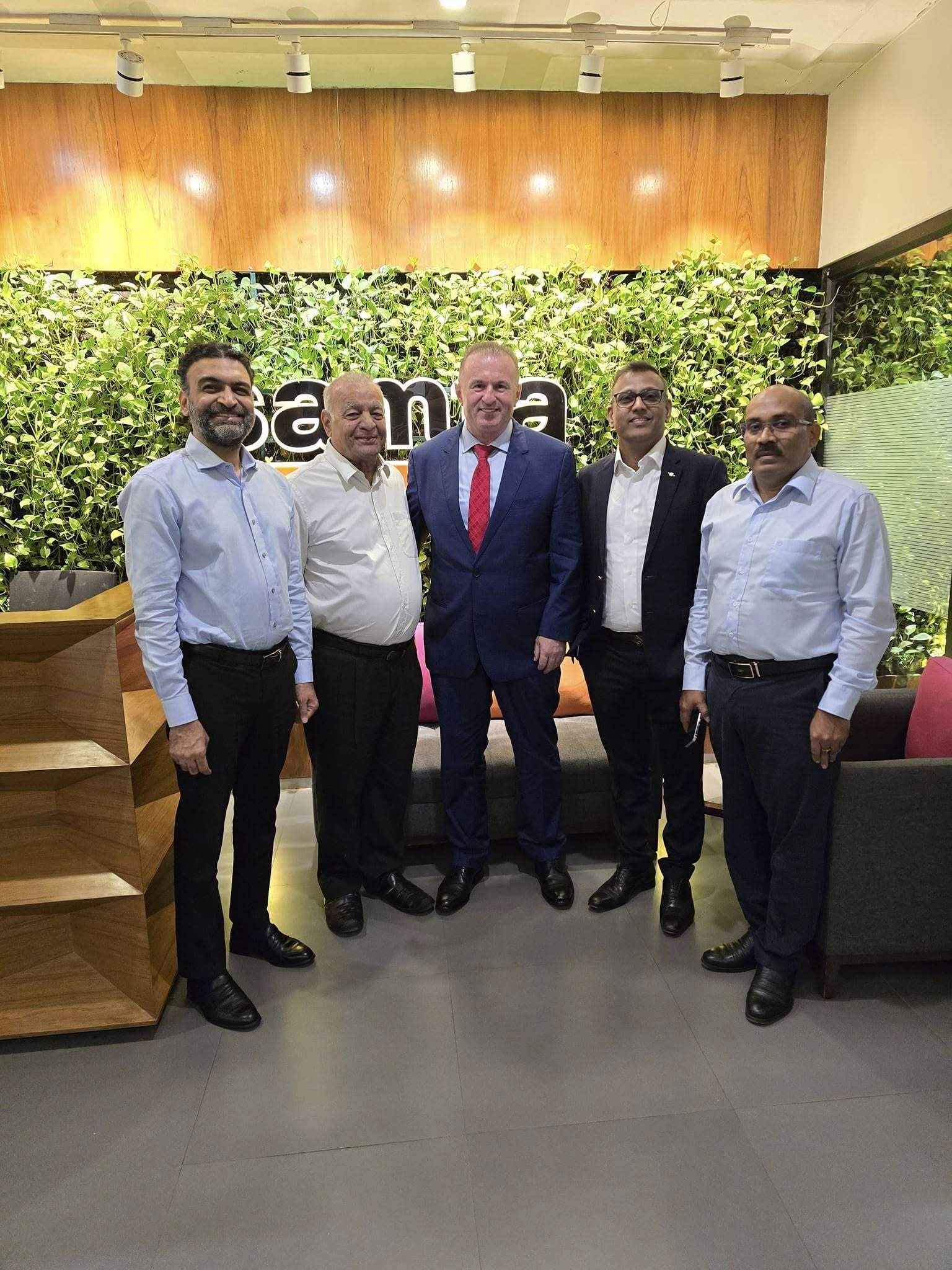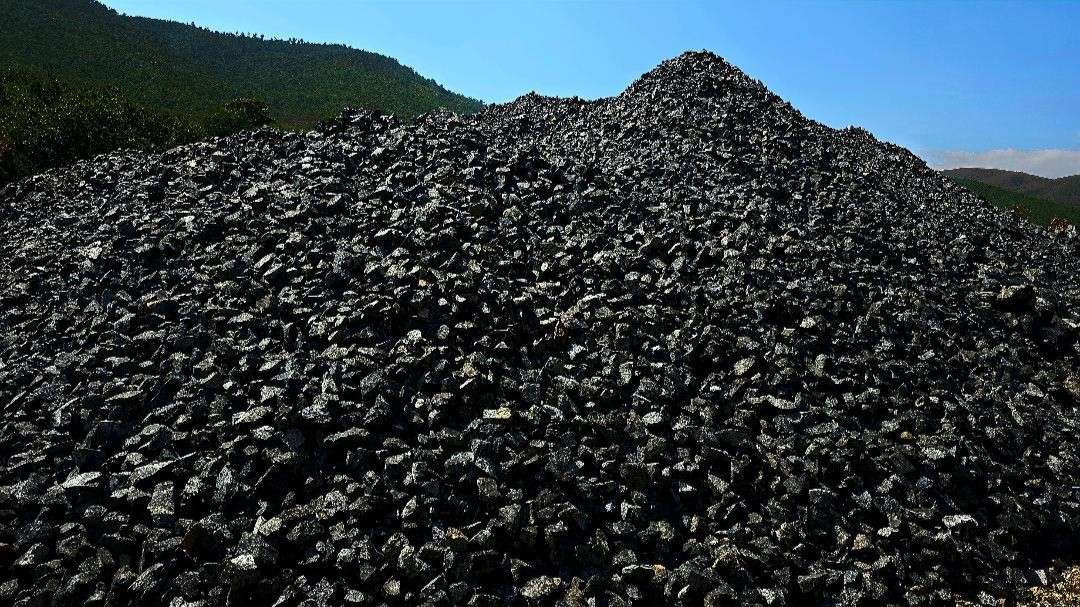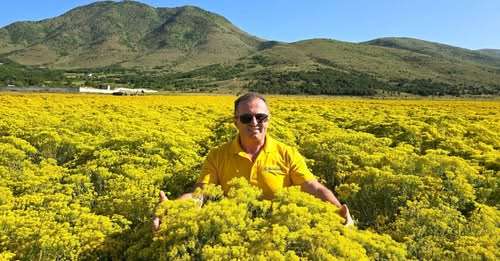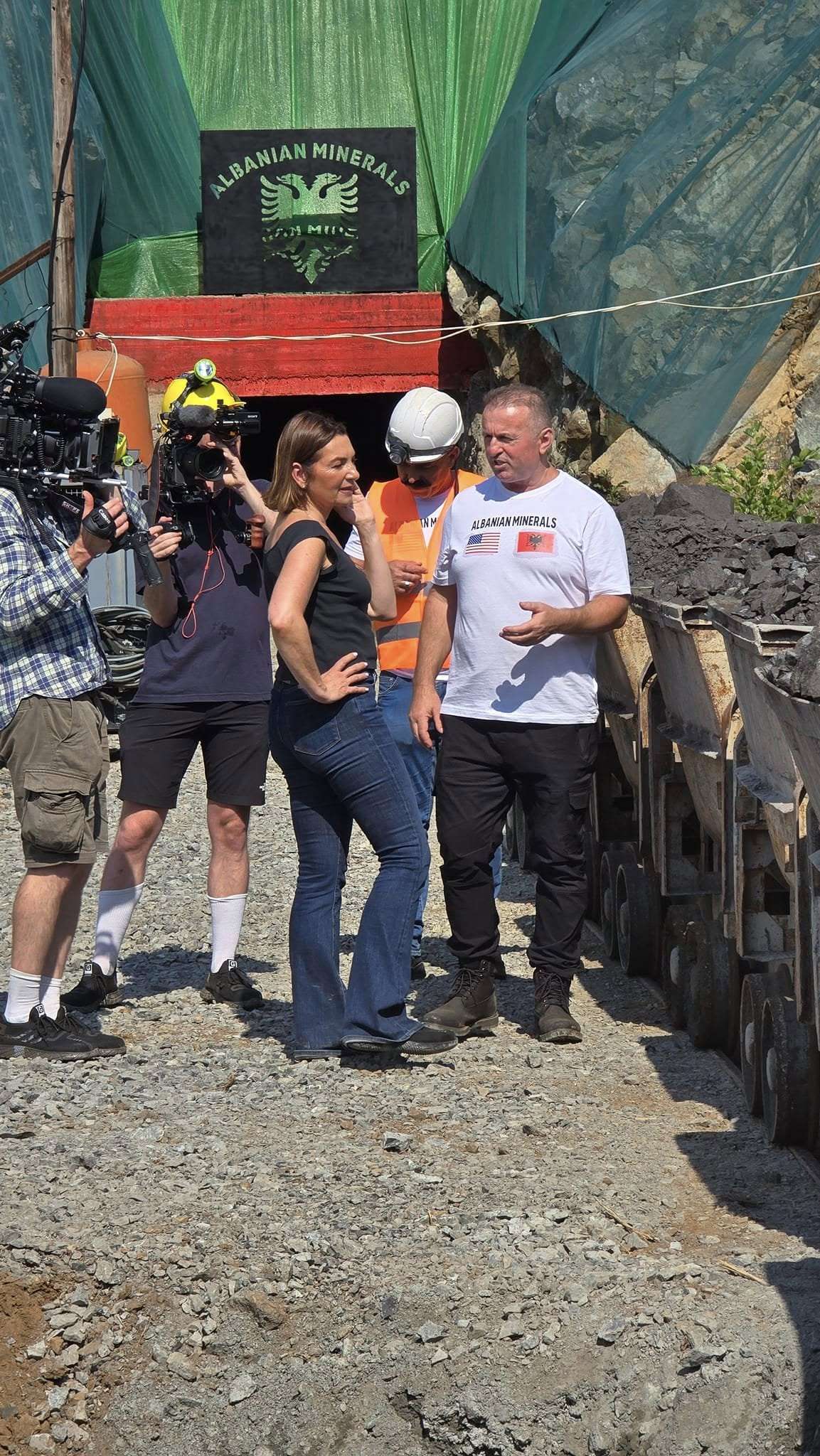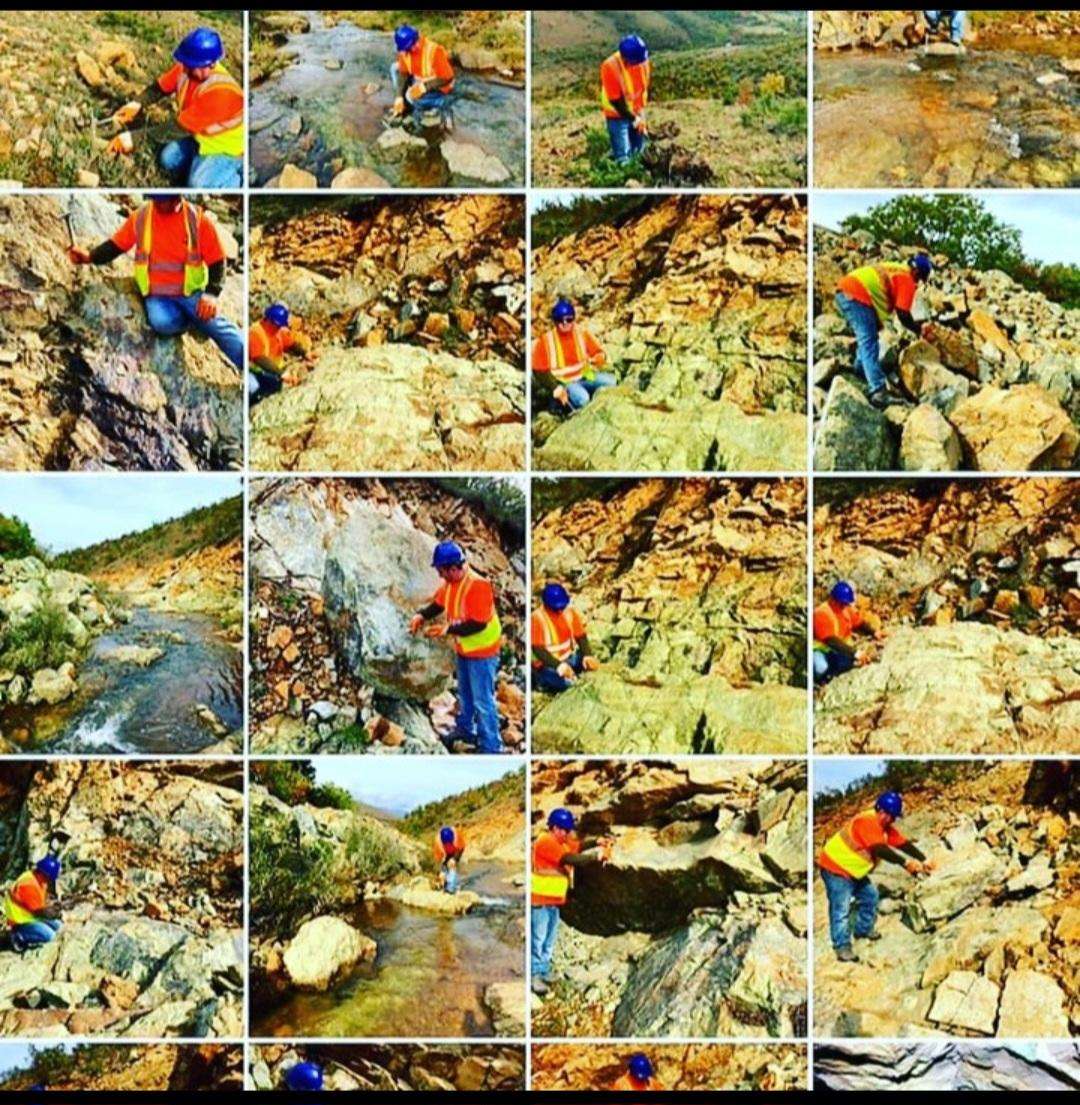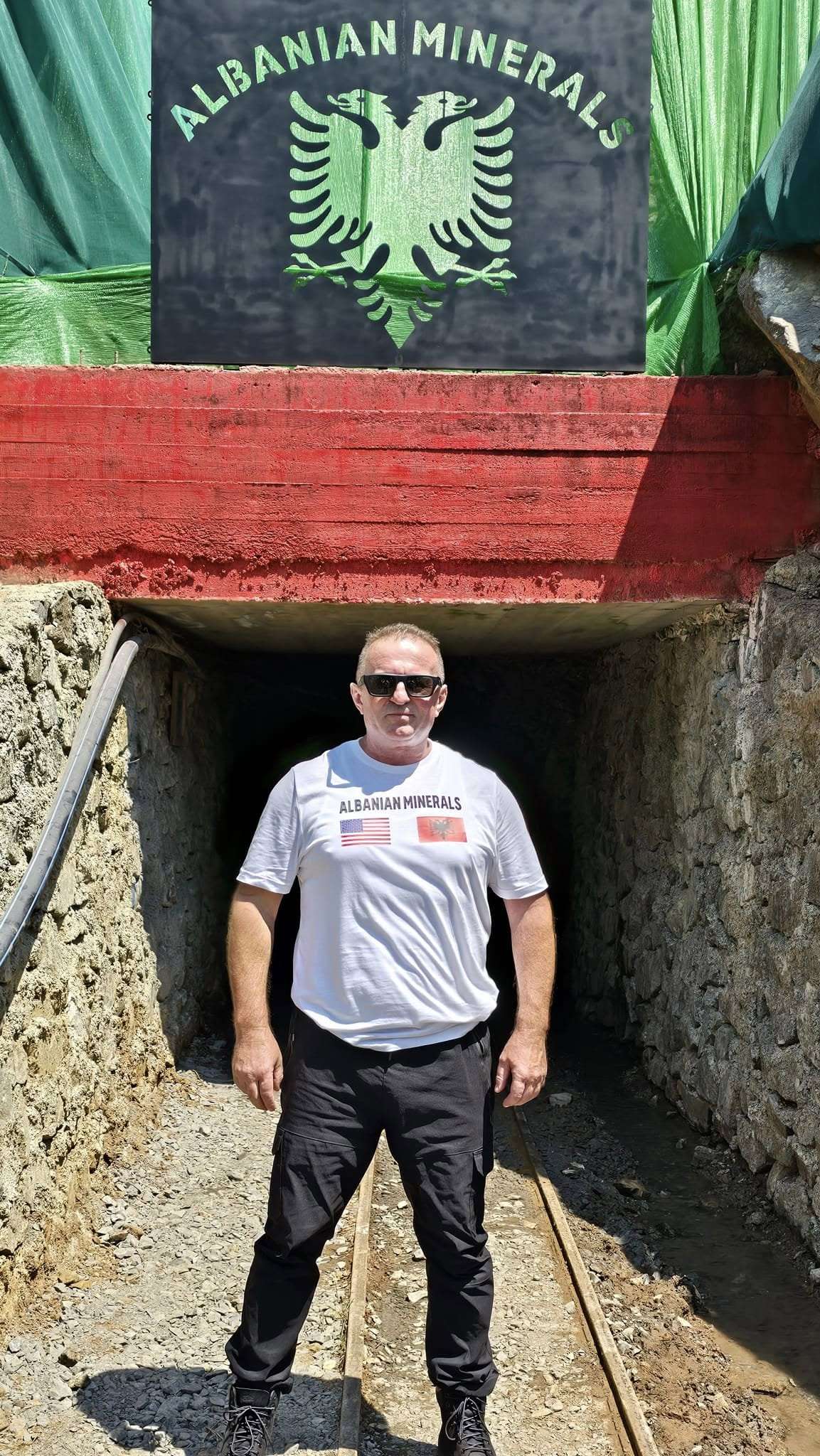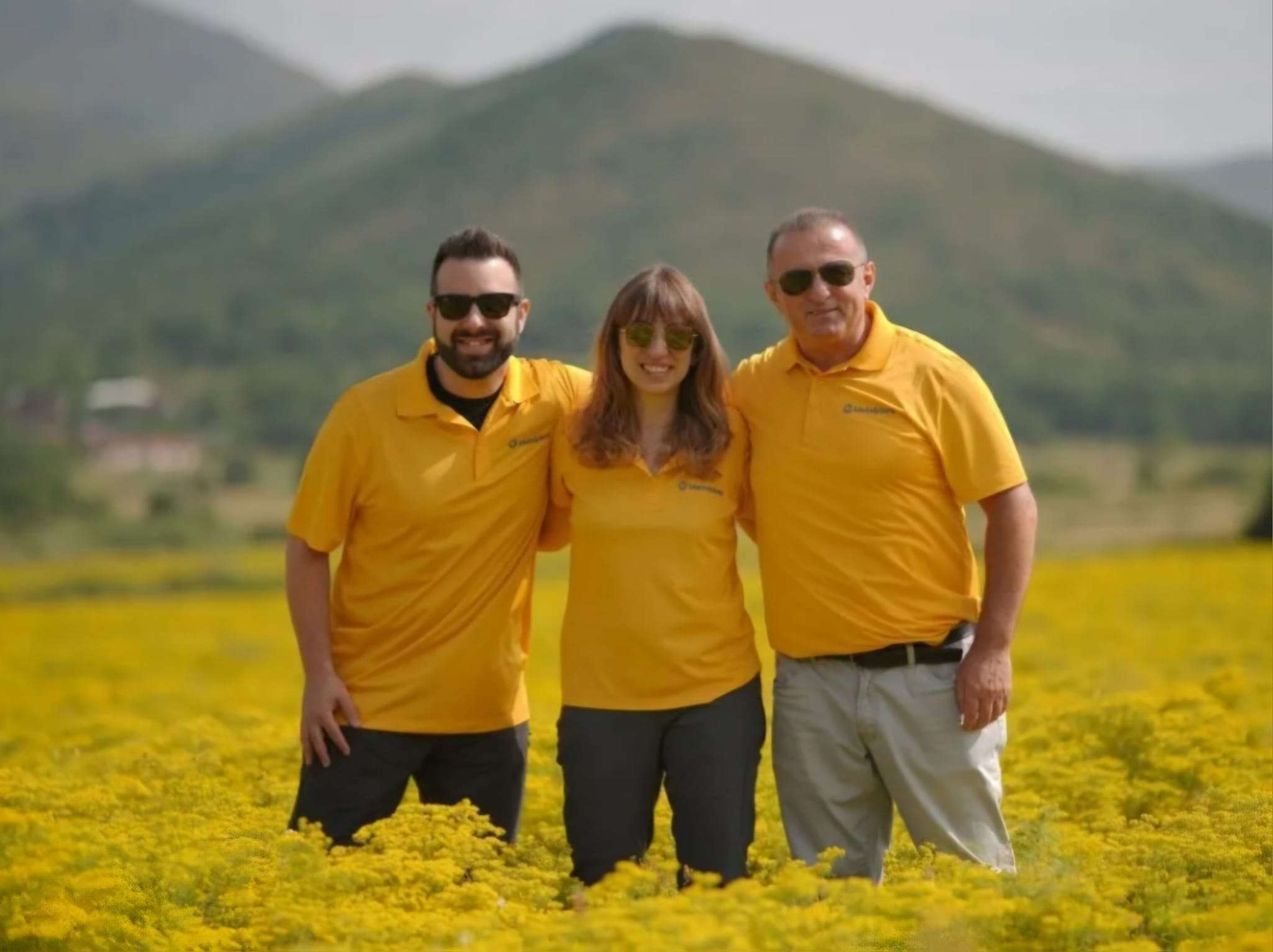

For three decades, I have traversed the multifaceted realm of nickel, from the geological wonders that cradle its existence to the intricate web of global trading that propels its utility. In this odyssey, I now oversee the flourishing realms of hyperaccumulating nickel farms, where nature herself aids in our quest for sustainable extraction. My journey has revealed the myriad applications of nickel, while simultaneously illuminating the profound environmental implications that accompany its production. It is crucial for investors to navigate these complexities with insight and foresight.
The Many Facets of Nickel
Nickel, that unassuming yet remarkable metal, finds its place in over 3,000 alloys across a vast array of sectors. Its applications are as diverse as the human experience itself—spanning consumer goods, industrial machinery, military apparatus, transportation, aerospace, marine technology, and architectural wonders. In the creation of stainless steel, particularly the esteemed Type 304 and Type 316, nickel is an indispensable ally, enhancing corrosion resistance, strength, and formability. This metamorphosis bestows steel with robustness and versatility, making it a linchpin in countless applications.
In the realm of medicine, nickel-infused stainless steel stands as a testament to biocompatibility and resilience, enduring rigorous sterilization processes to become the backbone of surgical tools and implants. Moreover, in the automotive sector, nickel breathes life into electric vehicles, enhancing battery efficiency and extending range. Beyond mere machinery, it fuels the engines of renewable energy, energizing wind turbines and solar panels alike. In this grand tapestry, nickel is not just a metal; it is an architect of our sustainable future. As the visionary Elon Musk urged in 2020, the call for increased nickel production resonates with the aspirations of a world striving for eco-conscious innovation.
The Shadows of Nickel Production
Yet, amidst the brilliance of its applications lies a stark reality: the environmental challenges wrought by nickel production. The processes of mining, transporting, and refining this metal are often carbon-intensive, contributing to the very climate crisis we seek to alleviate. The resultant greenhouse gas emissions intertwine with the delicate threads of our planet’s ecosystems, while contaminated wastewater threatens aquatic life and taints vital water supplies. The specter of soil contamination looms large, casting shadows over agricultural practices.
In Indonesia, the world’s preeminent nickel miner, the relentless pursuit of this coveted metal has precipitated a heartbreaking saga of ecological degradation. The verdant tropical forests, once teeming with life, now stand vulnerable to the encroachment of mining operations. The ensuing deforestation, water pollution, and disruption of indigenous livelihoods are grim reminders of the cost of our ambition, as highlighted by Brookings.
In light of these challenges, the imperative for effective waste management becomes undeniable. The byproducts of mining, slag and tailings, demand rigorous oversight to mitigate their long-term environmental impact. Slag, a byproduct of smelting, comprises metal oxides and impurities, while tailings consist of crushed rock and chemicals, remnants of the extraction process. Thus, the call for innovation is urgent; we must embrace eco-friendly solutions to pave a path forward.
A Green Renaissance: Innovations in Nickel Production
In this quest for sustainability, a new dawn is breaking. One of my venture Metalplant is pioneering the concept of “green nickel,” harnessed through hyperaccumulating plants capable of absorbing up to 2% of their weight in pure nickel.
Metalplant capture atmospheric carbon, transforming our planet’s challenges into opportunities for regeneration. Picture a symphony where innovation dances with nature, a harmonious collaboration that not only mitigates climate change but enriches our earth.
At the heart of this poetic revolution lies HyperNickel™, a beacon of hope forged from the fusion of science and sustainability. This noble metal, born from the embrace of carbon negativity, not only fuels the engines of progress but does so with an elegance that resonates through the corridors of eco-conscious industries. As we produce each ton of HyperNickel™, we breathe life into the earth by sequestering 200 tons of CO2, a gentle reminder of our responsibility towards the world we inhabit.
Metalplant’s visionary approach draws from the wisdom of nature. By emulating the earth’s own methods of weathering, we unlock the potential of magnesium carbonates to cleanse our polluted landscapes and waterways. This transformative process nurtures not just the soil but the very essence of life, fostering a resurgence of biodiversity and ecological health.
In collaboration with esteemed scientists and academic institutions, our journey reflects a tapestry of shared knowledge and a commitment to a greener future. Each partnership strengthens our resolve, amplifying the impact of our innovations as we pioneer a new paradigm in resource management.
As we stand at the precipice of a new era, Metalplant invites you to envision a world where technology and nature coalesce. Together, we can cultivate a landscape rich in possibility—where every metal we mine from the earth’s embrace is a testament to our stewardship and a promise of a sustainable tomorrow. Let us embrace this noble quest, transforming our collective aspirations into tangible reality, one green metal at a time.
Such initiatives exemplify the potential for harmony between nature and industry. Furthermore, the U.S. Department of Energy’s Advanced Research Projects Agency-Energy (ARPA-E) has dedicated $9.9 million to projects aimed at establishing a low-carbon, cost-competitive domestic supply chain for nickel. These innovative endeavors include:
- The University of Arizona, scanning for metal-harvesting hyperaccumulating flora within U.S. borders.
- The University of Wisconsin-Madison, engineering plants for optimal nickel extraction.
- The University of Massachusetts Amherst, cultivating fast-growing, high-biomass nickel-hyperaccumulating crops.
- Michigan Technological University, enhancing nickel uptake through novel chemical and biological methodologies.
- The University of Florida, fortifying native plants for commercial nickel farming.
- Advanced Environmental Technologies, promoting sustainable soil nickel extraction practices.
- Metalplant and Verinomics, leveraging gene editing to develop high-yield nickel plants—an initiative in which my company proudly collaborates.
Insights for Investors: Navigating a Complex Landscape
For those poised to enter the nickel market, the terrain is both promising and perilous. The vital role of nickel in steel production, electric vehicles, and renewable energy technologies underscores its importance. However, potential investors must tread with caution, for the landscape is rife with challenges.
A comprehensive understanding of current and projected nickel demand is paramount, particularly as key industries vie for this metal. Vale, the Brazilian mining titan, anticipates a staggering 44% increase in global nickel demand between 2022 and 2030, a harbinger of opportunity that beckons investors.
Yet, the stability of the supply chain cannot be overlooked. Geopolitical risks and production constraints loom large, as nickel production is concentrated in a handful of regions. Political instability and fluctuating trade policies can disrupt supply and provoke price volatility. Additionally, technological advancements, particularly in recycling methods, hold the potential to reshape the nickel market, emphasizing the need for investors to remain attuned to emerging trends.
Compliance with stringent environmental regulations is increasingly critical in this new era of investment. Environmental, social, and governance (ESG) considerations are no longer mere buzzwords; they are essential frameworks that dictate investment viability. Scrutinizing the regulatory landscape and the sustainability practices of nickel mining operations can illuminate the potential impacts on communities and ecosystems.
Finally, financial health and operational efficiency are paramount for companies engaged in nickel production. A thorough review of their stability, profitability, and debt management will provide invaluable insights into investment viability. Attention to ore grades, extraction techniques, and energy consumption will further elucidate the profitability landscape.
A Vision for Tomorrow
As we contemplate the evolving rhythms of nickel demand, influenced by technological advancements and green energy aspirations, we stand on the cusp of a transformative journey. By anticipating these shifts, we can refine our investment strategies and illuminate the path toward a sustainable future.
In this grand narrative of nickel, a tale woven with ambition, innovation, and responsibility, let us embrace the potential for change. Together, we can harness the power of this remarkable metal, crafting a legacy that harmonizes progress with preservation, and shapes a world where both industry and nature thrive.
Sahit Muja
New York













